Español
Bitácora para descubrir a Chongqing, la ciudad más caótica y futurista de China

Although Chongqing is a relatively unknown name to those outside the Sinosphere, its futuristic landscapes have gained notoriety on social media, where it's known for its futuristic appearance. On platforms like TikTok and Instagram, it's not uncommon for videos showcasing the city's stunning nighttime views, with their vibrant energy and unique character, to go viral. This city, perched atop mountains and shrouded in mist for most of the year (mind you, not pollution!), offers an unparalleled visual spectacle. If this city has been on your radar, here's the guide you need to explore it in just three days. Three days to conquer it? Yes, it's possible, as long as you're prepared for a deep dive and a whirlwind pace. This guide, far removed from typical tourist itineraries, invites you to discover the essence of Chongqing, its flavors, its contrasts, and its most authentic corners, like a true local.
First, where is Chongqing?

Chongqing is located in southwest China, at the confluence of the Yangtze and Jialing rivers. It is a centrally administered municipality (a megacity with provincial status), meaning it is not part of a province but falls directly under the national government. Although its urban core is enormous, much of its territory is mountainous and rural. Geographically, it serves as the gateway to western China and is a crucial economic center in the upper Yangtze River basin.
Binnacle:
Day 1:
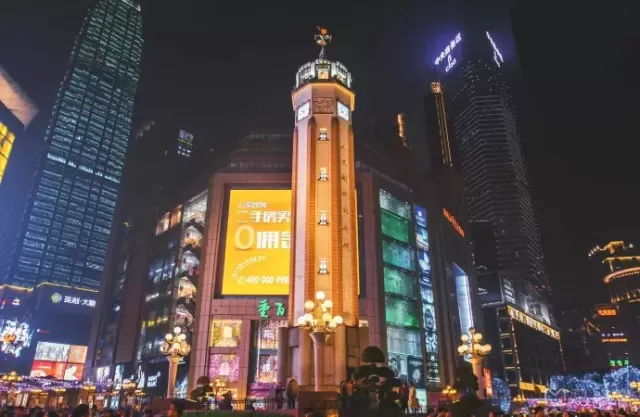
The adventure begins in the heart of the city: Jiefangbei, or the People's Liberation Monument. This central hub, surrounded by skyscrapers and shopping malls, is the ideal starting point to immerse ourselves in Chongqing's frenetic atmosphere. From here, we'll venture into Shiba Ti, which offers a completely different ambiance. This historic district, despite its renovation, still retains the charm of its steep alleyways and traditional houses. It's a journey back in time, a chance to glimpse what the city was like before modernization. This iconic area also boasts a multitude of shops where you can take a break for a refreshing drink or purchase a souvenir.

For those interested in architecture and photography, another famous site is Baixiangju, an iconic residential complex that has become a quintessential photogenic spot. Its distinctive architecture, with balconies that seem to defy gravity, offers a unique perspective of the cityscape. From the relative tranquility of Baixiangju, we'll venture into the bustle of Raffles City Chongqing, an imposing architectural complex designed by Moshe Safdie. Connected by a single glass bridge—an observation bridge offering panoramic views of the city—this place is a testament to Chongqing's economic boom and its ambition for modernity.
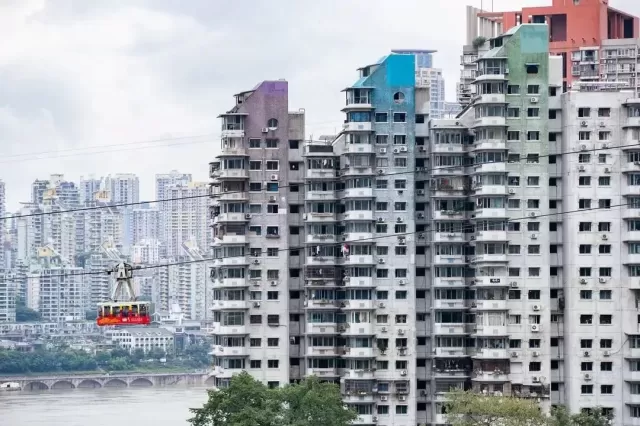
Finally, the climax of the first day arrives at Hongyadong, a commercial and tourist complex built on cliffs that illuminates with thousands of lights at nightfall. It's a visual spectacle that will almost certainly leave you breathless. Here's a valuable tip: forget about shortcuts or alternate routes that promise privileged access; they're tourist traps. The real secret to capturing the best view of Hongyadong is to head to Qiansimen Bridge. From there, you'll get a complete panoramic view of this city icon, with the lights reflecting on the river.
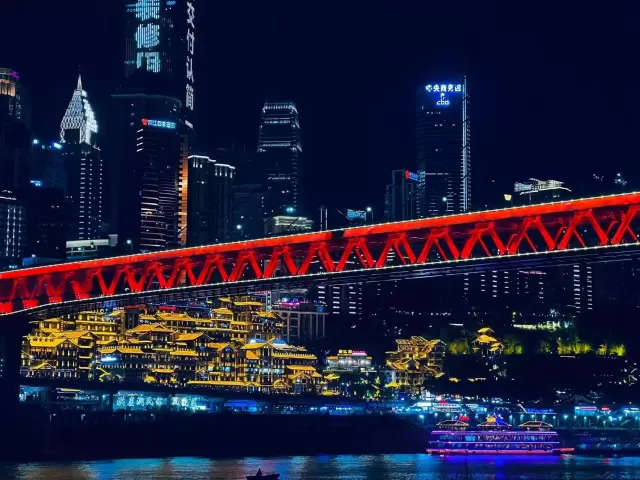
Tip: Many places are within walking distance of each other, so it's recommended to download apps like Baidu Maps and Amap beforehand and enter the destination name directly. Since these apps' interfaces are in Mandarin Chinese, the names of all places have been included in their original language. Simply copy and paste them into the app.
Day 2:
The second day is dedicated to exploring Chongqing's cultural and artistic scene. We begin with the Great Hall of the People, a monumental building reminiscent of Soviet architecture that hosts important cultural and political events. It's essential to book your visit to the Three Gorges Museum in advance; this treasure trove houses an invaluable collection of historical and cultural artifacts related to the region. Next, we'll head to Guanyinqiao, a vibrant shopping district with a wide variety of shops, restaurants, and entertainment venues. It's the perfect place to immerse yourself in Chongqing's daily life and savor the local cuisine. An artistic respite awaits us at Beicang Creative Park, a former warehouse transformed into a cultural hub with art galleries, design shops, and numerous trendy cafes. It's the perfect place to relax, have a coffee, and soak up the bohemian atmosphere. To end the day, we'll head to Hongen Temple, a Buddhist temple that offers breathtaking panoramic views of the city. Unlike Hongyadong, this area is usually less crowded, allowing you to enjoy the city lights in a more peaceful and relaxed way.
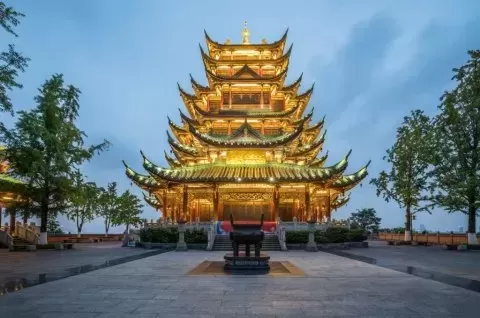
Day 3:
On our final day, we'll explore the city from a river perspective. We'll begin with a ride on the Liangjiang Ferry, a ferry that crosses the Yangtze River for just two yuan. It's an authentic experience and a chance to see the city from the water. Next, we'll head to Danzi Street, an old trading district that has been restored and revitalized. Its cobblestone streets, traditional houses, and craft shops offer a nostalgic glimpse into Chongqing's past. A stroll along Nanbin Road, the riverfront promenade along the Yangtze River, will allow us to enjoy panoramic views of the city and the bridges that span it. From there, we'll head to Longmen Hao Old Street, another historic district that has been transformed into a cultural and tourist center. The grand finale of our Chongqing adventure will be a ride on the Yangtze River cable car. I recommend taking the cable car at sunset, when the sun dips below the horizon, painting the sky with golden and reddish hues. It's a romantic and unforgettable experience. You can buy a one-way ticket, as you'll easily find transportation back once you reach the other side.
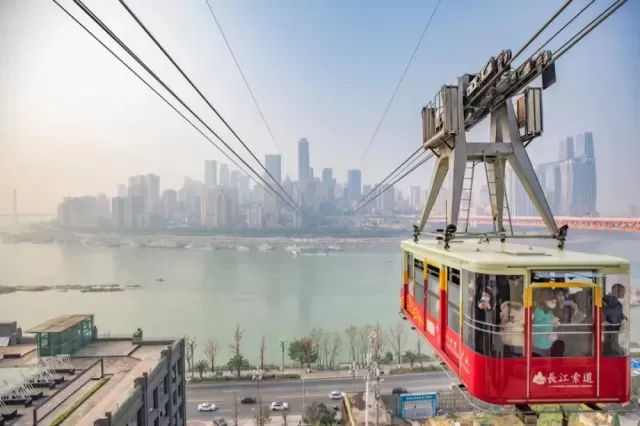
Final Tips and Warnings
•Comfortable Footwear: Be prepared to do a lot of walking. A pair of sneakers is essential. The city is steep and the distances are long.
•The Human Compass: In Chongqing, GPS sometimes fails. If you can speak Chinese, or have downloaded a translation app, ask the locals; they are much more accurate than any app.
•Strategic Accommodation: Opt to stay in the Jiefangbei or Guanyinqiao areas. They are centrally located, well-connected by public transport, and offer a wide variety of restaurants. Avoid deals that seem too good to be true; they are likely scams targeting unsuspecting tourists.
•Caution with Accommodation: Choose hotels or apartments renovated after 2018. Older buildings often have soundproofing problems or some lack elevators. Check the actual photos of the accommodations before booking.
•The Art of Navigating Chaos: Be patient; Chongqing is a chaotic and vibrant city. Embrace the experience and enjoy the frenetic pace. Chongqing is a city that challenges you, seduces you, and leaves you wanting more. Three days may seem short, but with this guide, you'll be prepared to conquer the heart of this Chinese metropolis and create unforgettable memories. Have a great trip!
